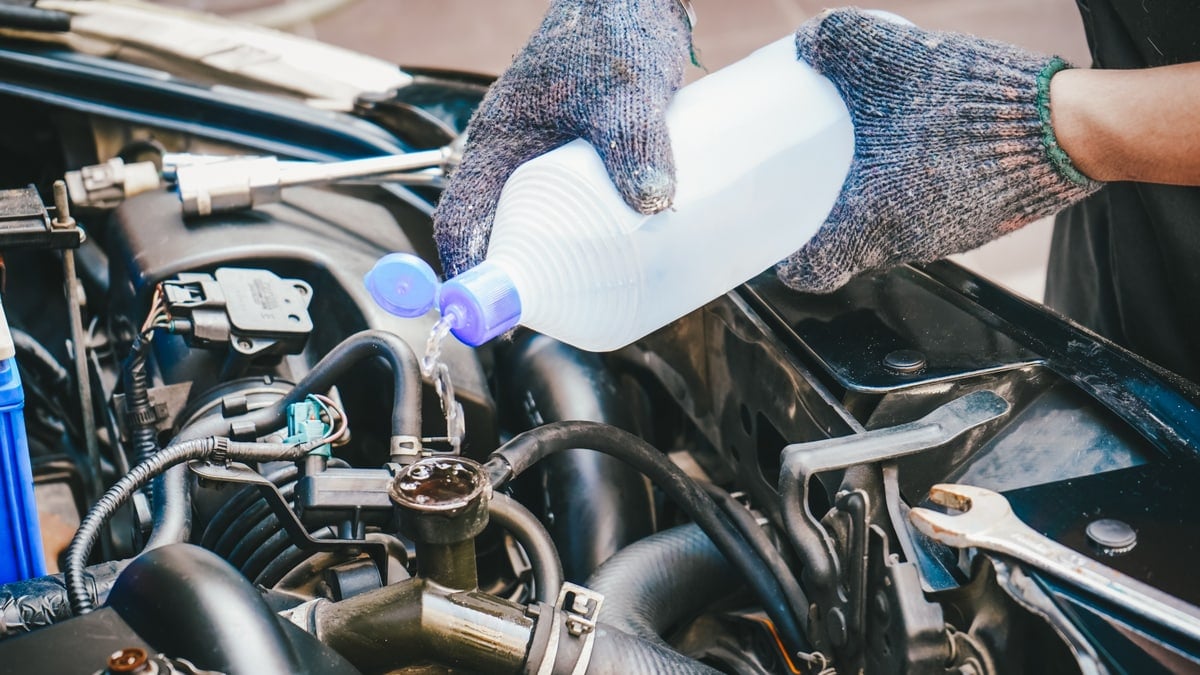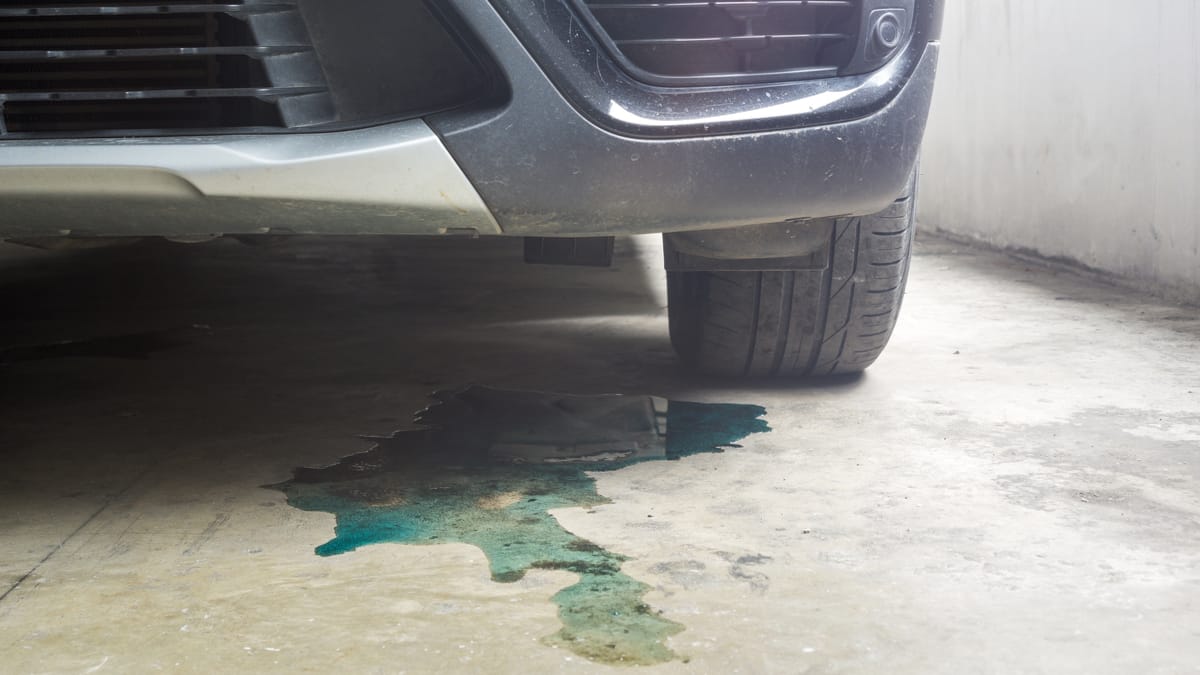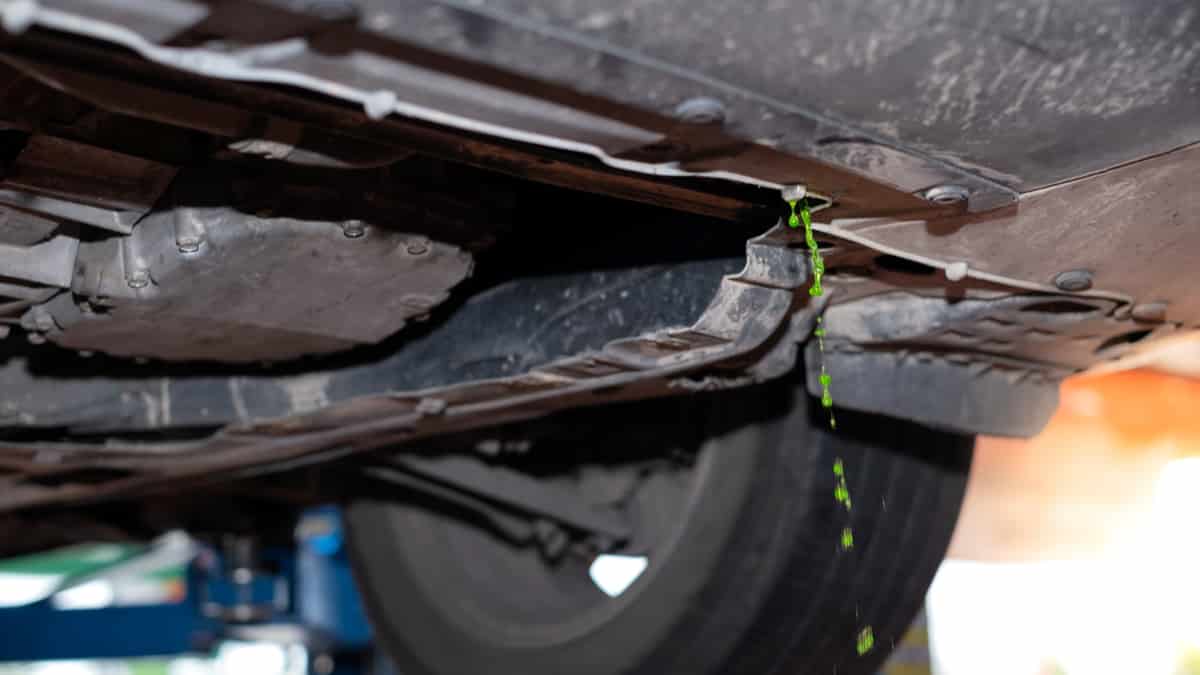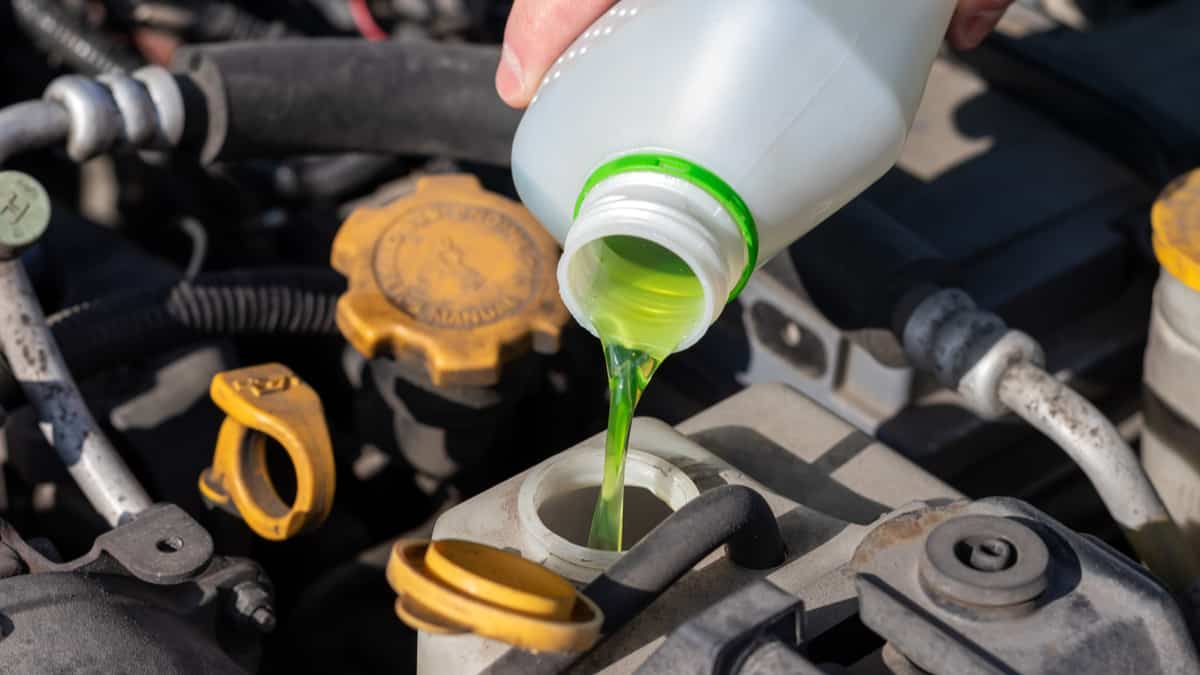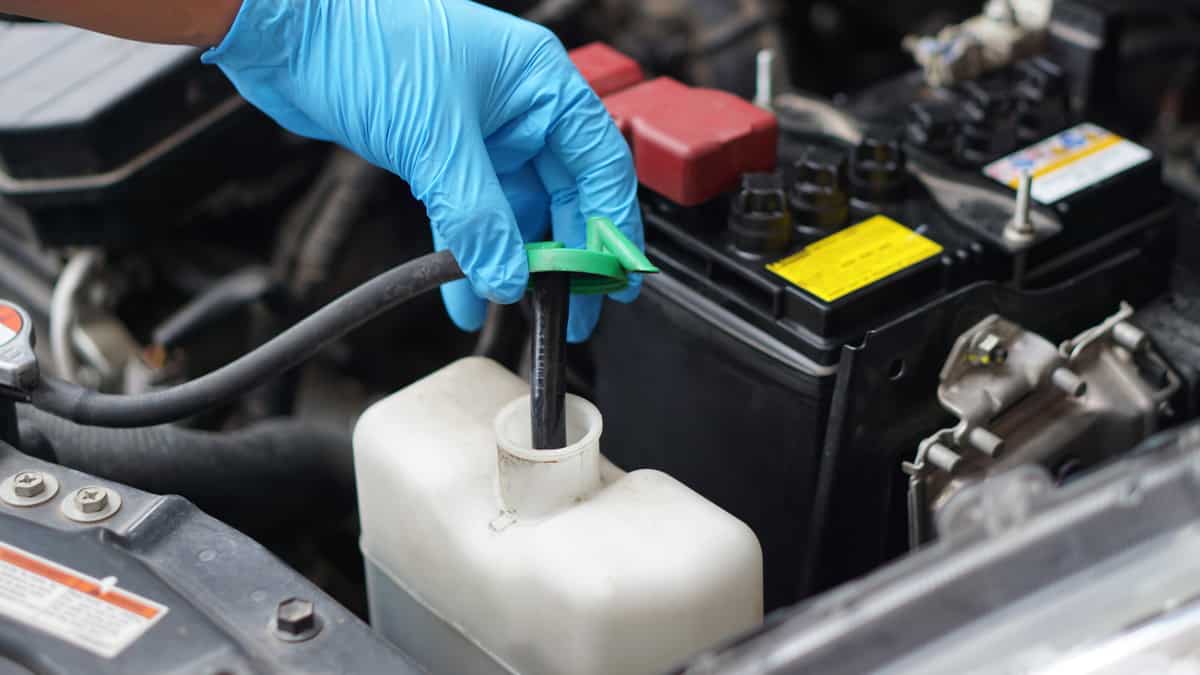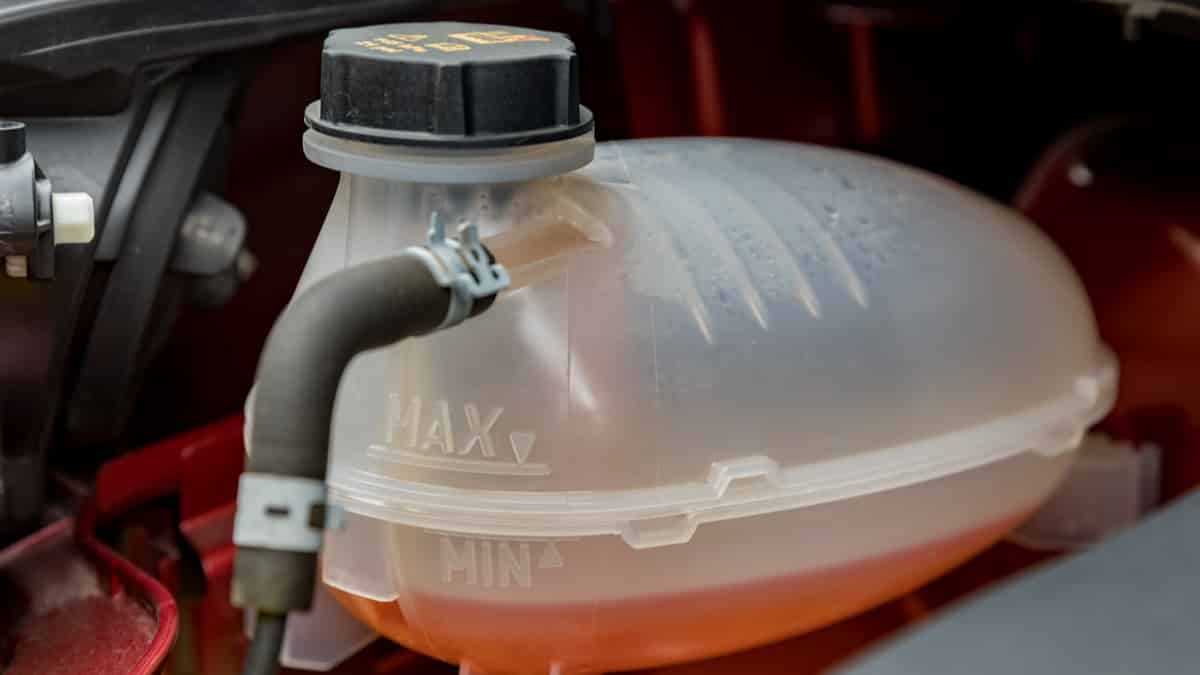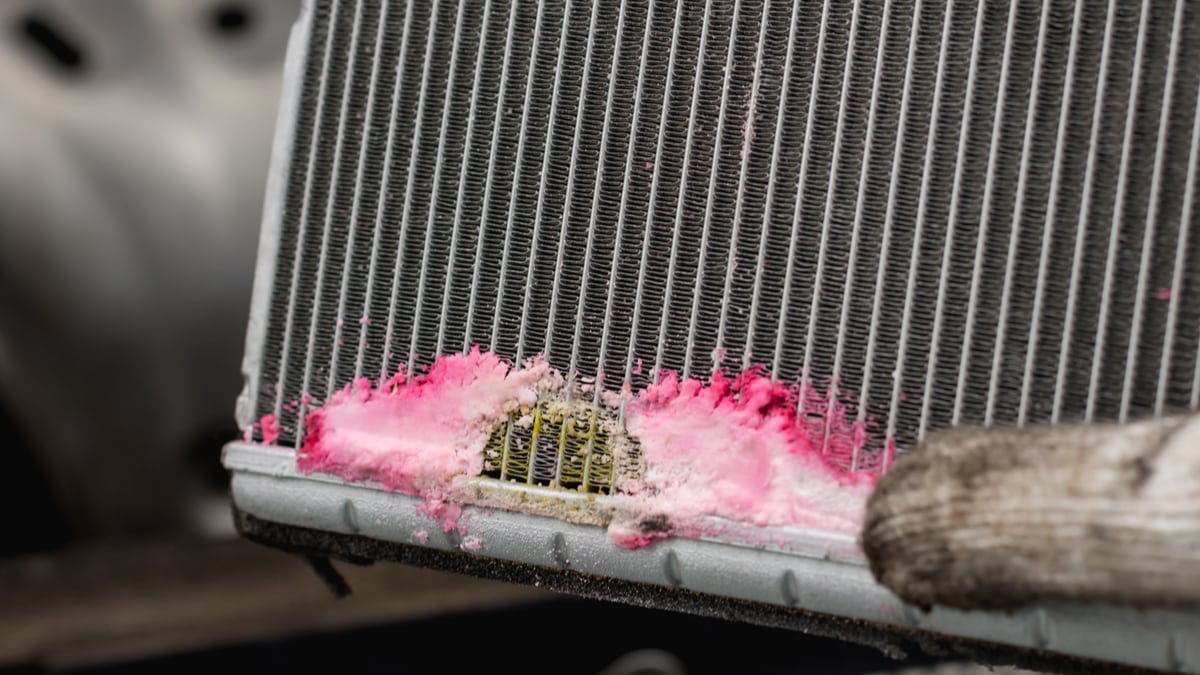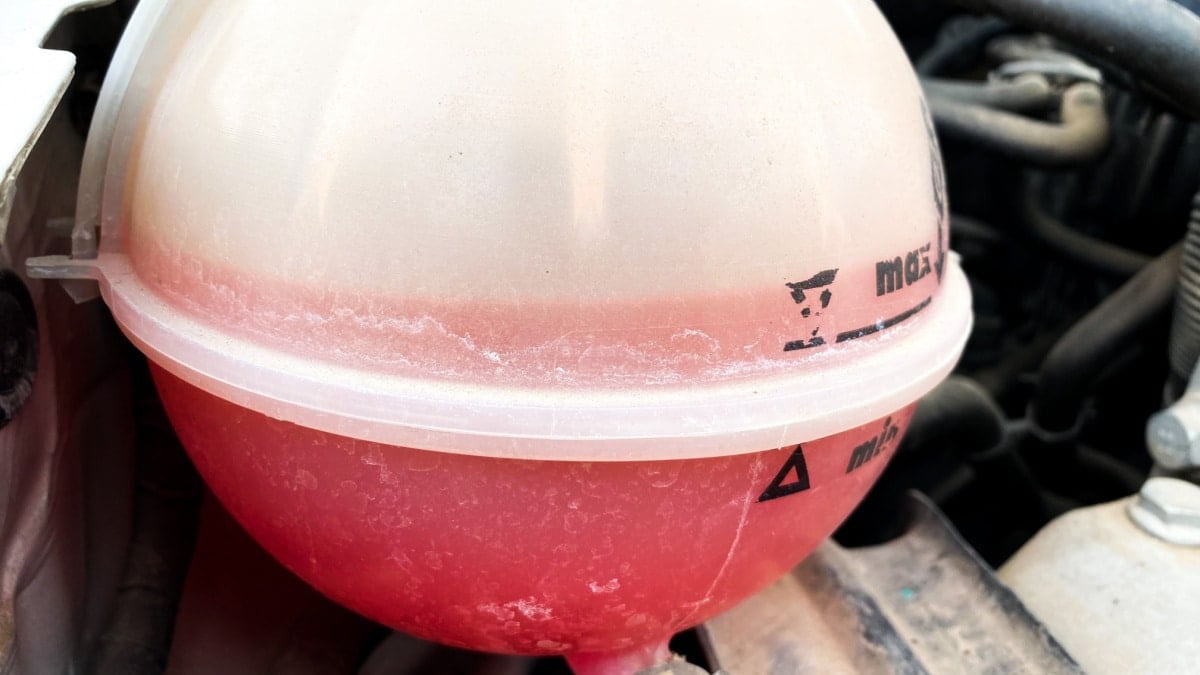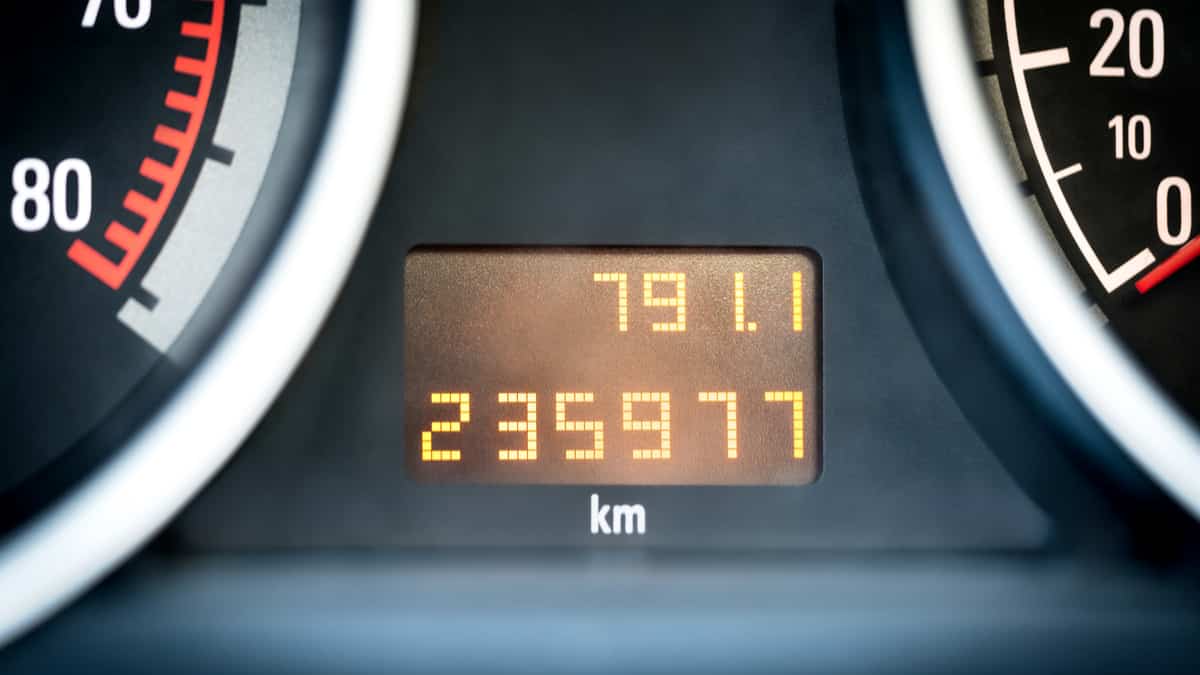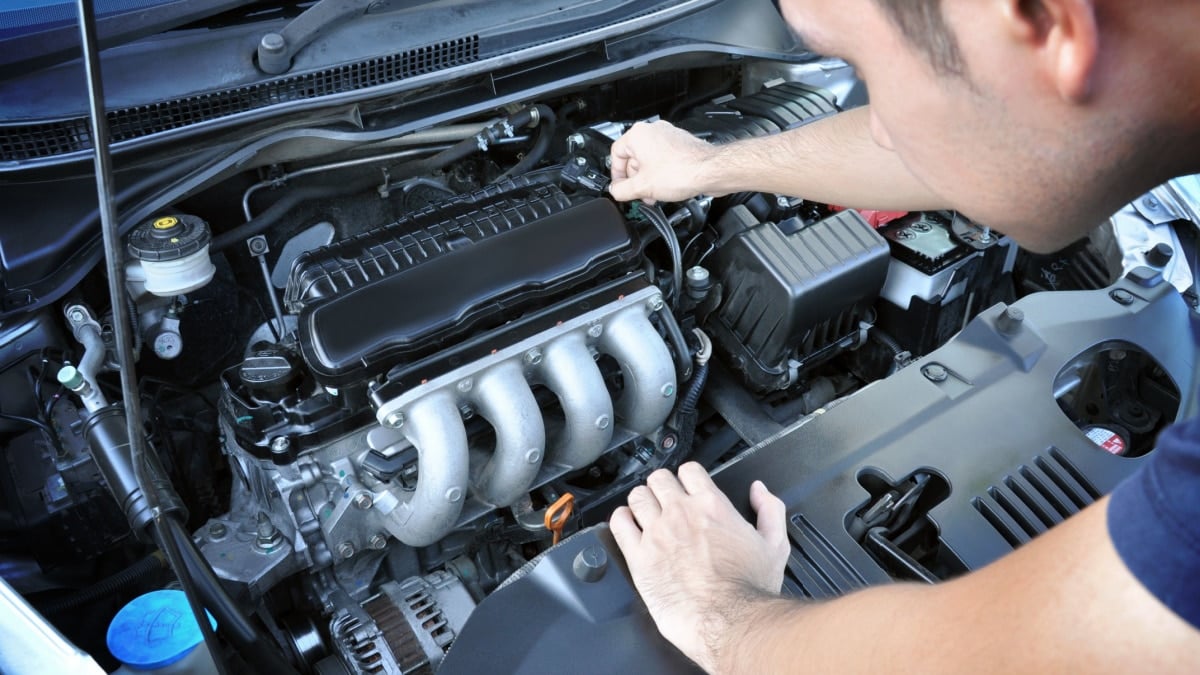Keeping the right amount of coolant in your radiator is a top priority if you want the engine to run its best. The radiator coolant overflow tank helps to ensure there’s plenty of fluid circulating in the system. How does a radiator coolant overflow tank work and why is it important?
In this guide, we cover the basics of the coolant overflow tank. We also examine the main components of the cooling system. Towards the end of our article, we cover the importance of the tank and show you how full it should be.
How Does a Radiator Coolant Overflow Tank Work?
The overflow tank holds coolant. When the level in the cooling system gets too low, coolant is withdrawn from the storage to enter the cooling system. On the other hand, if there’s too much pressure, coolant will be pulled from the cooling system back into the overflow tank.
Because the cooling system is a closed unit, the amount of coolant within the system should never change. However, the amount of coolant in the overflow tank will vary based on how much is needed to cool the engine at the time.
As long as the system works as designed, the coolant should never rise too high in temperature. If it were to become too hot, the fluid would expand, causing major issues in the sealed system. An over-pressurized cooling system can lead to boiling liquid that can burst through any weak spot.
With the added overflow tank, the pressure is better regulated. Expanded coolant can go into the overflow tank to cool down. It will remain in the tank until it’s needed by the engine once again.
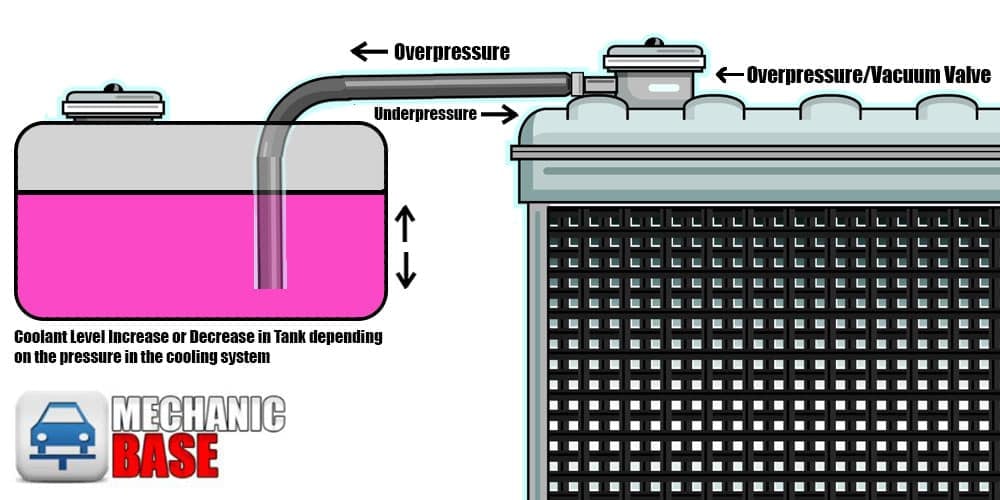
Is a Radiator Overflow Tank Necessary?
The radiator overflow tank has a very important job, making it impossible to imagine a vehicle without it. However, older vehicles didn’t come with an overflow tank. In these older cooling systems, multiple vents were used to allow the extra pressure out. With this system, there was an escape when the coolant got hot. The downside to this type of system is the pollution it creates. Antifreeze is toxic, making it less than ideal for pumping into the environment. Even worse, coolant has a sweet taste which makes it appealing to kids and animals.
Today’s cars all come with a radiator overflow tank or another form of expansion tank system. These designs ensure that the excess pressure from the hot coolant has somewhere to go besides the atmosphere. It’s the safest and most effective way found to deal with regulating engine temperatures.
How Full Should the Coolant Overflow Tank Be?
It’s important that you keep a close eye on how much coolant is in the reservoir tank. In general, you want the tank to be a minimum of 30% full.
However, a quick look at the side of the tank should reveal how much coolant should be added. There will be a maximum and minimum fill line that can be used as a gauge.
You don’t want to ever open the expansion tank’s radiator cap or even the coolant overflow cap when the engine is hot. Doing so is extremely dangerous.
RELATED: Bubbles In Coolant Reservoir – Meaning and Causes
Main Components of the Cooling System
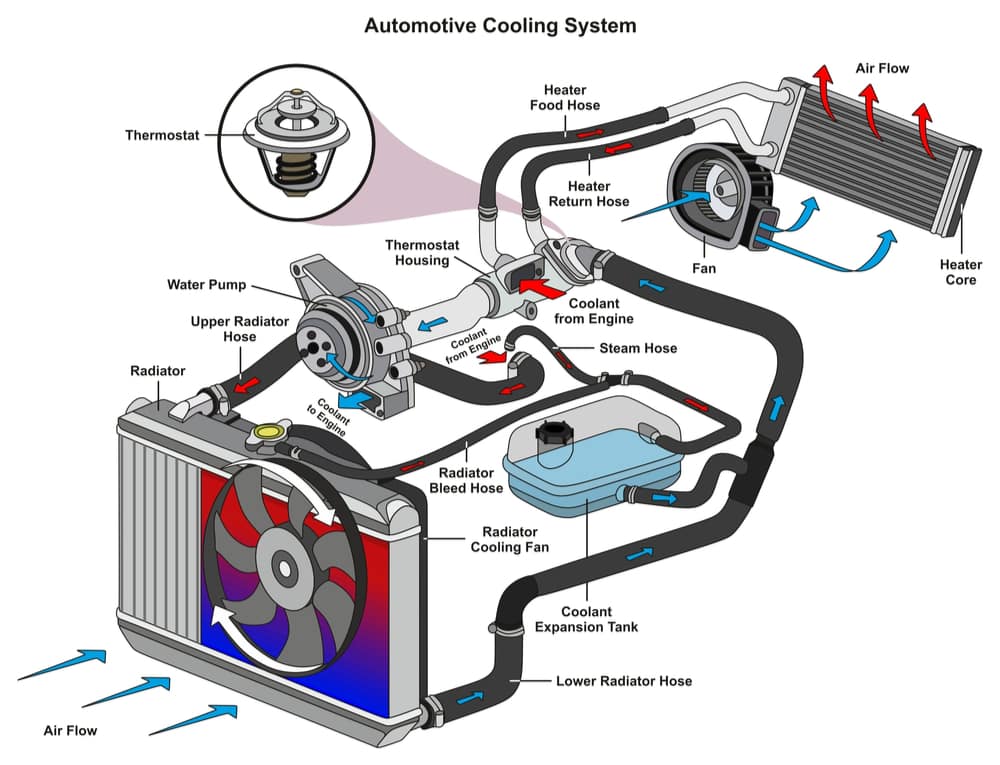
1. Radiator
The car radiator is responsible for acting as a heat exchanger. It is created from metal – typically aluminum – and it contains several pipes attached to it. The heat from the hot engine coolant is dispersed into the radiator, where it can be replaced with cooler ambient air.
The radiator contains a drainage plug, which is helpful for bleeding the system. There’s also an inlet and outlet port.
2. Radiator Cap
The radiator cap might be small, but it has an important job. While it does cap off the radiator, its purpose goes far beyond simply keeping contaminants out of the cooling system.
In most systems, there’s a spring-loaded valve found in the radiator cap. When the temperature of the coolant rises, and the pressure expands, the valve in the cap opens so the additional coolant can flow into the overflow tank. With this valve in place, the cooling system remains pressurized without overheating.
READ MORE: 6 Symptoms of a Bad Radiator Cap
3. Coolant
The coolant mixture is a cross between antifreeze and water. Water alone won’t do the job adequately because it can freeze. However, the mixture of the two helps keep the water from freezing and prevents the fluid from overheating.
Most coolant mixtures also contain some form of rust protection. When using the appropriate formula, you ensure the metal components don’t corrode. Heat stored in the coolant can also be used through the climate control system to provide warmth to the cabin.
RELATED: Can You Use Water Instead of Coolant? (Why You Shouldn’t)
4. Thermostat
The thermostat is also designed as a coolant valve. It allows for coolant to pass through when it’s needed the most. Most thermostat designs contain paraffin wax, allowing for expansion when certain temperatures are reached. This expansion is what causes the thermostat to open.
On the other hand, it’s going to close when the temperature is too low in the system. It’s the gateway for proper coolant flow.
5. Water Pump
The heat coming from the cooling system needs somewhere to go. With the help of the water pump, the hot coolant is circulated out of the engine into the radiator where the heat can be dispersed.
Once the coolant has reduced temperature, the cooler liquid gets pushed back into the engine to repeat the process. The water pump is usually driven by a belt off of the engine. If this belt ceases, your water pump will stop working and the hot coolant won’t be able to circulate, leading to an overheating engine.
6. Head Gasket
You have probably heard of the term blown head gasket, and you know how bad this situation is. The head gasket is a critical component of the cooling system because it seals it apart from the engine.
Both coolant and oil need to circulate through the engine, but they should remain in different passages. They should never mix. The head gasket is what keeps the two from meeting.
RELATED: 5 Symptoms of a Blown Head Gasket
7. Heater Core
Heat is provided in the cabin of the vehicle through the heater core. When hot coolant comes out of the engine, the temperature can be transferred through the heater core to the climate control system.
The blower motor is what’s responsible for pushing the heat into the cabin. However, this part is prone to leakage when it fails, which can cause other issues.
8. Hoses
All cooling systems are made from a variety of hoses connecting everything together. There are hoses running to and from the radiator and engine, allowing for safe passage of the coolant. As you can imagine, some of the coolant is extremely hot, so the hoses must be constructed from durable materials.
Over time, the hoses can wear out. It’s recommended to inspect the hoses periodically to look for wear. If you see any defects, it’s best to replace them immediately. Otherwise, you could end up with a blown hose or a major leak that could dump all of the coolant. Without coolant circulating in the system, the engine will quickly overheat and be ruined.
So, there you have it. A clear guide on not only how your overflow tank works, but also why you have one and how it works with other engine cooling components.
Your vehicle’s cooling system truly is an amazing piece of engineering that’s been carefully designed to be efficient and effective at what it does.
Hopefully, this guide has answered any questions that you may have had. Please feel free to refer back to it whenever you need to.
Learn more:
- Oil In Coolant Reservoir – Causes and How To Fix It
- How to Test if the Head Gasket is Blown (7 Easy Steps)
- Thermostat Housing – Function, Leak Causes & Replacement Cost
Categories: Coolant


